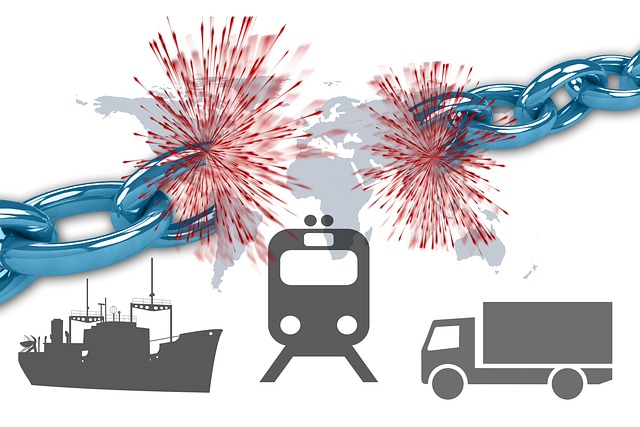
Editor's note: This is part 1 of a 2-part series on tracking drug supply chain issues. The follow-up story, focusing on the Resilient Drug Supply Project at CIDRAP, will be published in the coming days.
Five years ago, US Pharmacopeia (USP) began building a generic drug supply chain dataset to inform its strategic planning. Then the COVID-19 pandemic began, and the organization began analyzing the frequency of orders for its physical reference standards to gauge how the initial outbreak in China was affecting the pharmaceutical supply chain worldwide.
Seeing its potential, USP invested several million dollars into the dataset, morphing it into something much bigger: a tool that can be used to predict medicine shortages, identify the drivers behind them, and determine the most beneficial solutions.
The Medicine Supply Map contains more than 40 datasets from sources such as the US Food and Drug Administration (FDA) and regulatory agencies in four other countries, about 200 shortage risk factors suggested by expert volunteer consultants, and roughly 250 million data points covering 92% of generic medicines, said Vimala Raghavendran, MBA, head of the USP Pharmaceutical Supply Chain Center.
"We've been mapping the risk from raw materials and intermediates and their effects on the supply chain," she told CIDRAP News. "Our focus is on the upstream part of the supply chain risk, where manufacturing occurs."
Read more...







